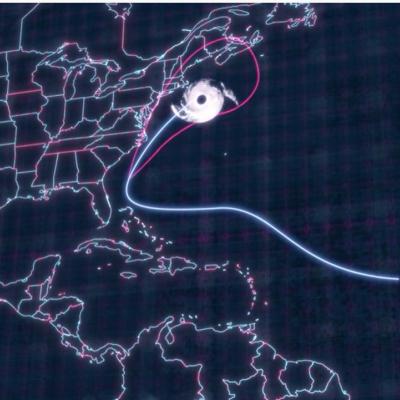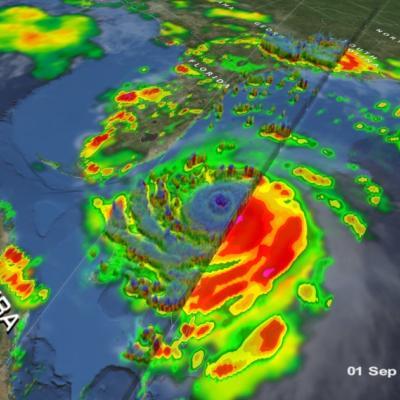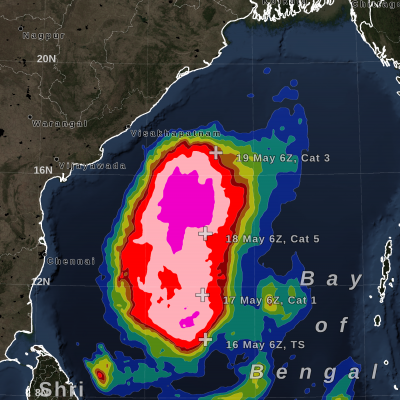What Is the Added Value of a Convection-Permitting Model for Forecasting Extreme Rainfall over Tropical East Africa?
Publication Year
Journal
Mon. Wea. Rev.
Volume
146(9)
Page Numbers
2757–2780
DOI
10.1175/MWR-D-17-0396.1
Mission Affiliation
Major Category





